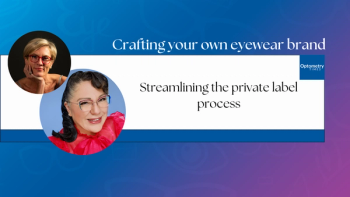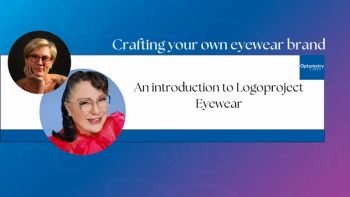
- January Digital Edition 2020
- Volume 12
- Issue 1
Cataract surgery problem solving: Is technology the answer?
New techniques and technologies are expanding the optometrist’s role in cataract surgery
This year has been no different, and Clark Chang, OD, MSA, MSc, FAAO; and Jim Owen, OD, MBA, FAAO, explored some of the complications and solutions during their lecture on the subject at Las Vegas’s Vision West Expo 2019.
Advantages of laser-assisted cataract removal
Although both femtosecond
“
The primary advantage of the femtosecond laser is precision. When compared to manual surgical methods, the femtosecond laser may offer better wound closure and less endophthalmitis, he says.
“If you can get better closure and better sealing, you get less endophthalmitis.”
This supports the optometrist’s goal of minimizing pro-inflammatory mediators during any type of
“That is going to eventually lead to quicker recovery for our patients,” he says.
Reduce operative complications
The femtosecond laser also offers advantages for managing capulorhexsis-a key challenge in cataract management.
“Believe it or not, capsulorhexis always has been touted as the hardest step in cataract extraction,” Dr. Owen says.
Dr. Chang described the reasons why a well-performed capsulorhexis can be crucial to good
The laser-assisted cataract procedure subverts many of these challenges.
“The femtosecond laser gets a perfectly concentric circle, perfectly centered,” Dr. Owen says.
He also details new methodologies to come, such as the Zepto cataract capsulotomy system.
But optometrists are not limited to referring patients for one surgical methodology over the other, says Dr. Chang. Many surgical practices use a combination of technologies, such as femtosecond laser to assist in lens defragmentation in order to reduce the overall ultrasound energy during subsequent phacoemulsification. Less mechanical energy in the eye means less collateral tissue damages and lowered inflammatory induction; hence, quicker recovery and potentially better visual outcome.
“It doesn’t always have to be 100 percent femtosecond laser,” he says.
But, like any procedure, complication management starts at the beginning of the procedure. Dr. Owen cautions ODs to keep this in mind.
“Making sure lids and lashes are as clean as possible and as healthy as possible, pre-operatively, is important,” he says.
Setting patient expectations
There is a large, fast-growing market for
“The patient is definitely different, so we have to approach it a little differently,” Dr. Owen says.
Chief among these developments changes is the way ODs manage patient care, from the earliest pre-operative appointments to post-surgical follow- ups. Primarily, Dr. Owen says that optometrists need to start prioritize thinking of cataract management in terms of vision clarity.
“I think ODs being involved in the
ODs need to walk patients through the process and make sure that patients’ expectations are clear from the beginning. Although the procedure is common and low risk, patients are often concerned about eye surgery. ODs will need to mitigate these concerns in the patient’s early consultations.
Overall, it’s important for the patient to have confidence in his OD as he neuroadapts during post-operative care.
“That’s probably the most important piece,” Dr. Owen says.
Articles in this issue
over 5 years ago
Why ODs should treat dry eyealmost 6 years ago
Remember the basics as dry eye treatments expandalmost 6 years ago
Go beyond fish oil with astaxanthin in krill oilalmost 6 years ago
Cotton-wool spots lead to tissue loss and RNFL defectalmost 6 years ago
SD-OCT shows schisis advancements due to sickle cellalmost 6 years ago
Why OAB should be considered before cataract removalalmost 6 years ago
Unlock the potential of refractive surgeryalmost 6 years ago
Look at more than the optic nerve head in glaucoma patientsalmost 6 years ago
Sights are set on perfect vision in 2020Newsletter
Want more insights like this? Subscribe to Optometry Times and get clinical pearls and practice tips delivered straight to your inbox.













































.png)


